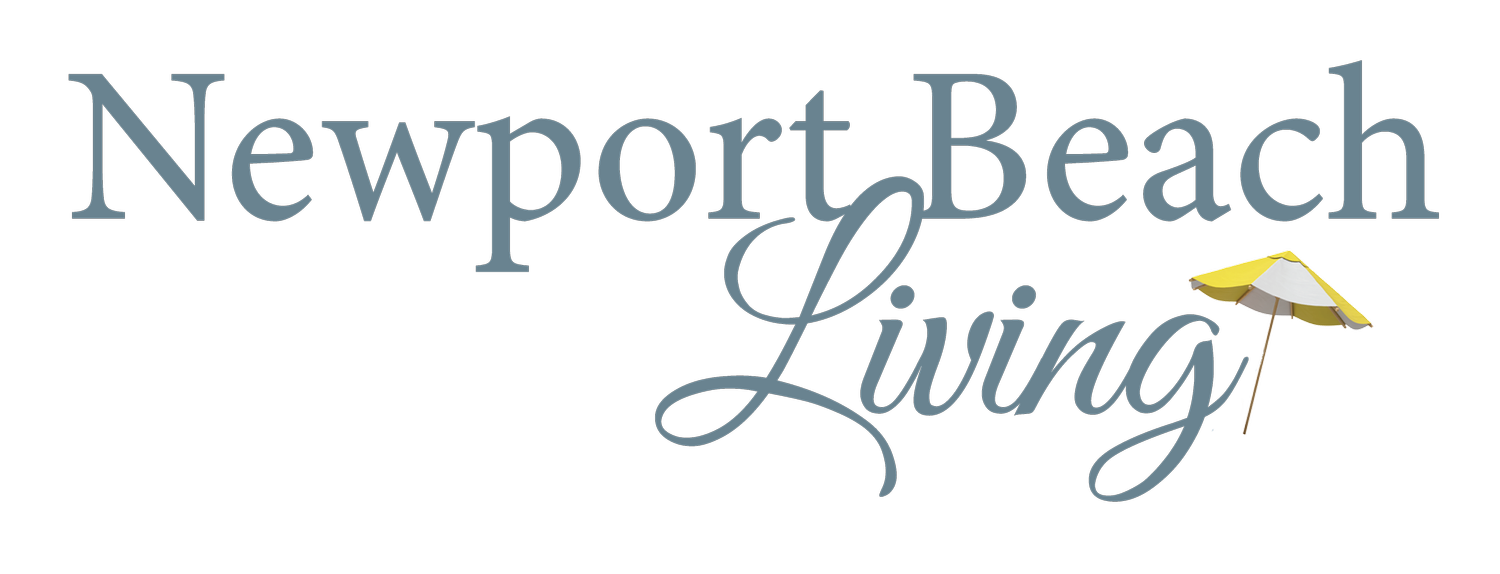Newportopoly
By: William Lobdell
Three-and-a-half decades ago, Nintendos were the top-selling gift for the holidays. But in Newport Beach, the hottest present in 1988 may have been Newportopoly, a Monopoly-inspired board game.
The success of Newportopoly was kind of a Christmas miracle. With just a few months before the holiday-selling season, two young entrepreneurs with no experience in the board-game business designed the game, created an advertising program, and then sold to local advertisers the 28 spaces available–at $350 apiece–on the game board.
Today, the advertisers provide a snapshot in time for Newport Beach. Some fondly remembered local businesses are no longer with us, including the Warehouse Restaurant, Dillman’s, Amelia’s and–John Wayne’s and my favorite–At Ease in Fashion Island.
But a surprising number of local favorites featured in Newportopoly are still around three-and-a-half decades later: C’est Si Bon, Roger’s Gardens, The Alley and Newport Dunes, to name some of the oldies but goodies.
One of the biggest challenges in selling the spaces around the board was convincing would-be advertisers to put their name and logo on real estate that carried the cheapest prices in the original Monopoly game. No one wanted to be on Baltic Avenue, though the Cannery restaurant ended up owning that space.
Much of Newportolopy’s charm came from the customization that reflected its eponymous name. The illustration dominating the game board featured a cartoon version of Newport Beach, complete with Upper Newport Bay, Newport Harbor, Newport Center, and the Pacific Ocean. Conspicuously missing was the landmark Balboa Pavilion. Maybe it was banished to the Land of Non-Advertisers.
The “Risk” (or “Chance” in Monopoly) cards had a number of local touches, including paying $50 for Newport Beach Country Club dues and collecting $200 from the sale of a yacht.
But the inventors of Newportopoly whiffed–probably because of time and budget restraints–on the game pieces, which were cheap, plastic and generic. Just think of the missed opportunities: a Duffy electric boat, the Balboa Island Ferry, the Balboa Ferry, a Wedge wave, a surfboard, or a frozen, chocolate-covered banana.
Newporters loved the concept as much as advertisers, buying all 2,500 games available in local stores. The business plan called for selling 1,000.
Going forward, it looked like it would be all fun and games for Newportopoly–with ambitions of expanding to other markets. But the feel-good success story was short-lived.
First, Parker Brothers began making noises about a Monopoly trademark infringement. I’m not an attorney, but the two games seemed separated at birth. I wouldn’t have liked Newportopoly’s chances in court. I don’t think the game’s promoters did either.
“We’re not interested in getting into any problems here,” said one of them to the Los Angeles Times (I imagine nervously).
Next, another entrepreneur who produced a similar Monopoly-like game in San Diego accused the Newportopoly pair of stealing her idea.
The details about what happened next are unclear 35 years later, but it was soon game over for Newportopoly. It’s now a collector’s item available on the internet for about $100, almost twice the price of buying property on Baltic Avenue.
William Lobdell is an award-winning journalist, critically acclaimed author and host of the local history podcast, “Newport Beach in the Rearview Mirror,” which can be found on Apple Podcasts and Spotify.
Follow on IG @Newport.in.the.Rearview.Mirror




